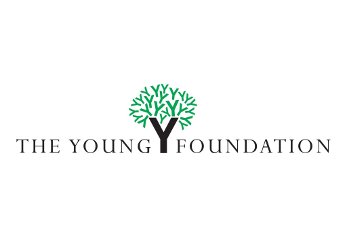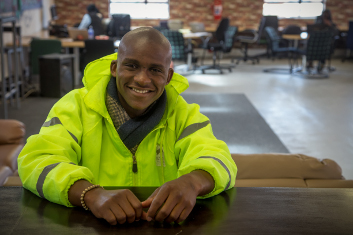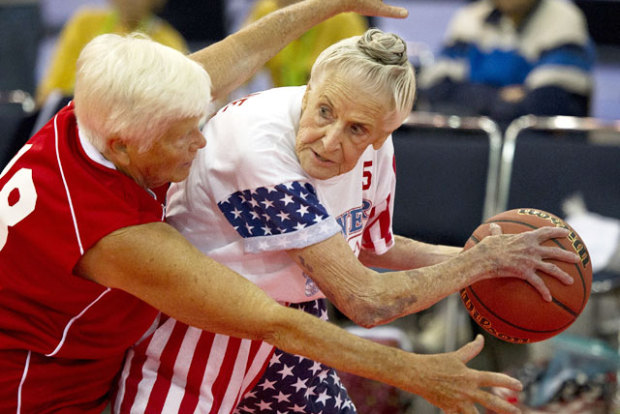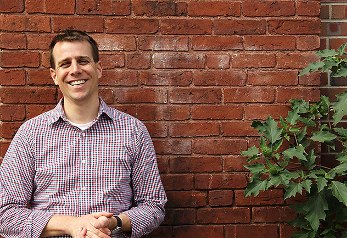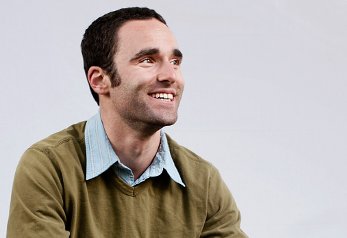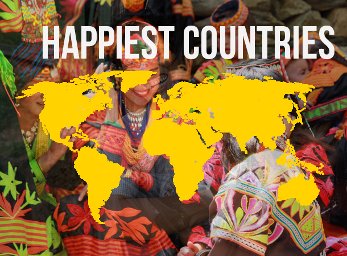There are an estimated 45 million blind people in the world, along with an additional 269 million who are visually impaired. About 90% of these people live in developing countries where they face poverty, illiteracy and diseases of epidemic proportions. In India alone there are twelve million blind people, more than in any other country in the world. Most of this blindness is actually easily treatable by simple cataract surgery or a pair of glasses. The challenge, however, is to address affordability and access issues so those who can have their sight restored will, and can then re-enter the workforce and support themselves and their families.
Founded in 1976 by Dr G. Venkataswamy with the mission to eliminate needless blindness, Aravind Eye Care System became the largest and most productive eye care facility in the world. It encompasses five tertiary care hospitals, five surgical centers, six community eye clinics, 42 primary eye centers, two managed eye hospitals, a manufacturing center for ophthalmic products, an international research foundation, and a resource and training center that is revolutionizing hundreds of eye care programs across the developing world.
What was the strategy behind this success? Aravind created a sustainable service delivery model, and is currently providing 55% of its services free or significantly subsidized for low-income families. Some of these cost-effective activities and innovations include producing high-quality, low-cost intraocular lenses and other ophthalmic supplies; extensive use of telemedicine and other technologies to improve rural access; recruiting and training hundreds of young rural women as eye care technicians, thereby providing career opportunities and reducing the cost of eye care; and establishing a network of Vision Centers with low-cost telemedicine technology, providing primary eye care to rural areas and thus enhancing access for those populations. Aravind’s success in beginning to eliminate needless blindness is based on direct action but also on creating competition. Real competition is encouraged through a proactive capacity-building process that shares lessons learned, detailed procedures, systems, forms and software. For example, twenty years ago, the Lions Aravind Institute of Community Ophthalmology was established to help Aravind transfer its expertise and experience to other eye care institutes in India and elsewhere, resulting in the replication of best practices in over 280 eye hospitals worldwide. This consulting and training impacted an estimated additional 500,000 surgeries annually.
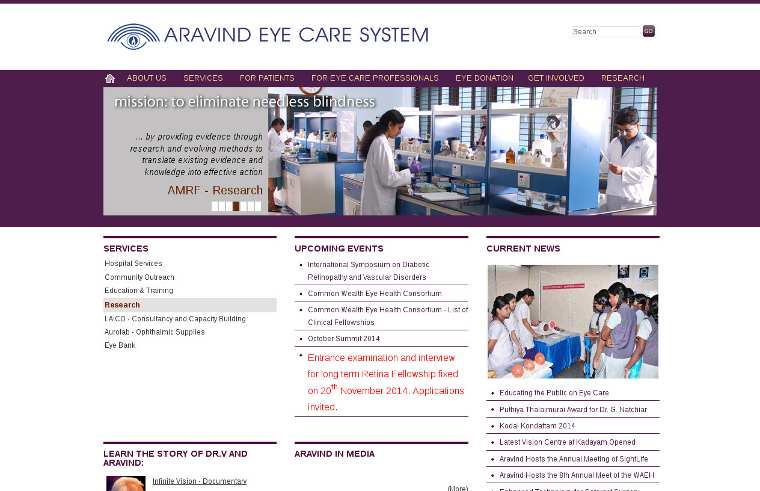 Web site: http://www.aravind.org/
Web site: http://www.aravind.org/


